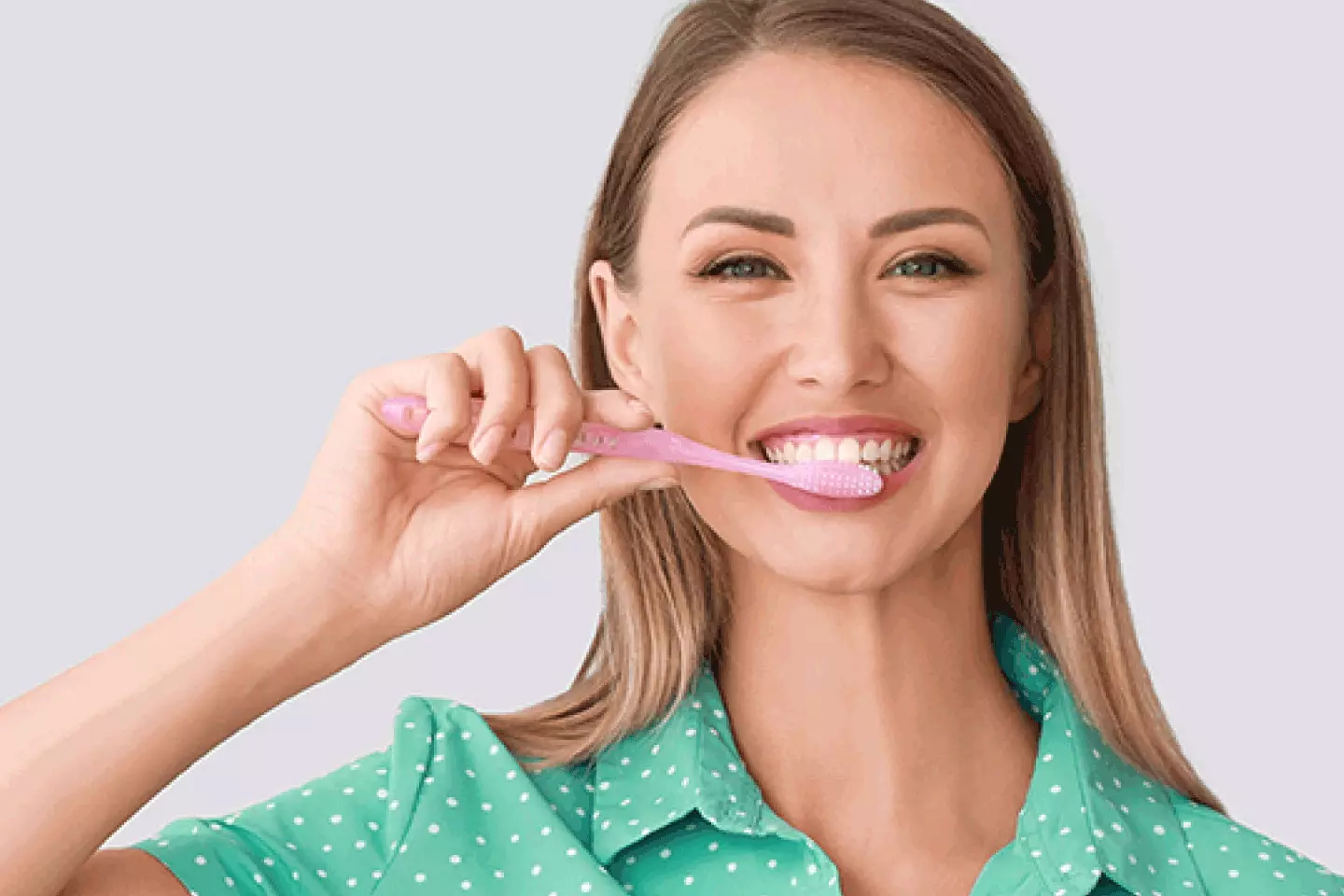You’re Probably Brushing Wrong—Here’s How Dentists Actually Do It

Brushing your teeth is something most of us do twice a day without much thought. Yet, despite our best intentions, many people brush their teeth incorrectly. Brushing incorrectly not only wastes time but can also lead to ineffective cleaning, gum damage, and increased risk of dental problems.
At Parkway Smiles Dentistry, we often see patients who believe they are brushing well but still suffer from cavities, gum disease, or tooth sensitivity. So, what is the correct technique? How do dentists brush their own teeth? And what habits should you adopt to truly keep your smile healthy?
In this article, we’ll break down the most common brushing mistakes and share the professional techniques dentists use to protect and maintain their teeth.
Why Proper Brushing Matters
The goal of brushing is simple: remove plaque, food debris, and bacteria from teeth and gums. Plaque buildup is the leading cause of cavities and gum disease, so thorough cleaning is essential.
Incorrect brushing can leave plaque behind, cause gum recession, damage enamel, and even lead to tooth sensitivity. Using too much force or brushing improperly can cause more harm than good.
Common Brushing Mistakes You Might Be Making
- Brushing Too Hard: Many people believe that harder brushing means cleaner teeth. In reality, aggressive brushing can wear down enamel and irritate gums, causing recession and sensitivity.
- Using the Wrong Brush: Hard-bristled brushes can be abrasive. Dentists recommend soft or extra-soft bristles to effectively clean without damaging oral tissues.
- Brushing in Horizontal Scrubs: Side-to-side scrubbing can miss plaque around the gum line and wear enamel unevenly. It can also harm gum tissue.
- Neglecting the Gum Line: Plaque accumulates most at the gum line. Skipping this area allows bacteria to thrive, leading to inflammation and gum disease.
- Brushing Too Quickly: Most people brush for less than a minute, but the American Dental Association recommends brushing for at least two minutes to ensure thorough cleaning.
- Not Changing Your Toothbrush Regularly: Worn bristles lose effectiveness. Replace your toothbrush every 3-4 months or sooner if bristles fray.
How Dentists Brush Their Teeth: The Proper Technique
Here’s a step-by-step guide on how dentists brush their own teeth to maximize cleanliness and protect oral health:
Step 1: Choose the Right Toothbrush and Toothpaste
- Use a soft-bristled toothbrush, either manual or electric.
- Select fluoride toothpaste to strengthen enamel and prevent decay.
Step 2: Angle Your Brush Correctly
Hold your toothbrush at a 45-degree angle to the gum line. This angle allows the bristles to gently sweep away plaque that accumulates between teeth and gums.
Step 3: Use Gentle, Small Circular Motions
Rather than scrubbing back and forth, use gentle circular or elliptical strokes. This technique is effective at cleaning both teeth surfaces and gums without causing abrasion.
Step 4: Clean All Tooth Surfaces
Brush the outer, inner, and chewing surfaces of every tooth. Do not rush any section.
Step 5: Pay Special Attention to the Gum Line
Gently brush along the gum line to remove plaque without damaging gums.
Step 6: Brush Your Tongue and Roof of Mouth
Bacteria also accumulate on your tongue and palate, contributing to bad breath. Gently brushing these areas helps keep your mouth fresh.
Step 7: Brush for Two Full Minutes
Take your time to cover every area thoroughly. Using a timer or an electric toothbrush with a built-in timer can help.
Step 8: Rinse and Clean Your Toothbrush
After brushing, rinse your toothbrush thoroughly and store it upright to air dry.
Additional Tips From Dental Professionals
- Floss Daily: Brushing alone can’t remove plaque between teeth. Flossing is essential for gum health.
- Use Mouthwash: An antiseptic mouthwash can reduce bacteria and freshen breath.
- Avoid Brushing Immediately After Eating Acidic Foods: Acid softens enamel temporarily. Wait 30 minutes before brushing to avoid erosion.
- Visit Your Dentist Regularly: Professional cleanings remove hardened tartar that brushing can’t. Your dentist can also provide personalized brushing advice.
Electric vs. Manual Toothbrushes: What Do Dentists Prefer?
Both manual and electric toothbrushes can be effective when used correctly. However, many dentists recommend electric toothbrushes for their ease of use and built-in timers. They can help ensure consistent pressure and thorough cleaning, especially for people with limited dexterity.
Why This Matters: Long-Term Benefits of Proper Brushing
Consistent, proper brushing:
- Prevents cavities and tooth decay
- Reduces risk of gum disease and inflammation
- Maintains fresh breath
- Helps avoid tooth sensitivity caused by enamel wear
- Supports overall health by reducing oral bacteria linked to systemic conditions
Conclusion
Brushing your teeth is a simple but vital part of your daily routine, and doing it properly can save you from costly dental problems down the line. Many people brush incorrectly without realizing it—too hard, too fast, or with incorrect technique.
By following the dentist-approved brushing method—using a soft brush, 45-degree angle, gentle circular strokes, and brushing for two minutes—you can keep your teeth and gums healthy for life.
If you’re unsure whether you’re brushing correctly or want personalized advice, the team at Parkway Smiles Dentistry is here to help. Book an appointment today for a thorough dental check-up and professional guidance on oral care.
© 2025 Parkway Smiles Dentistry | All Rights Reserved | Privacy Policy | Digital Marketing by Remedo




